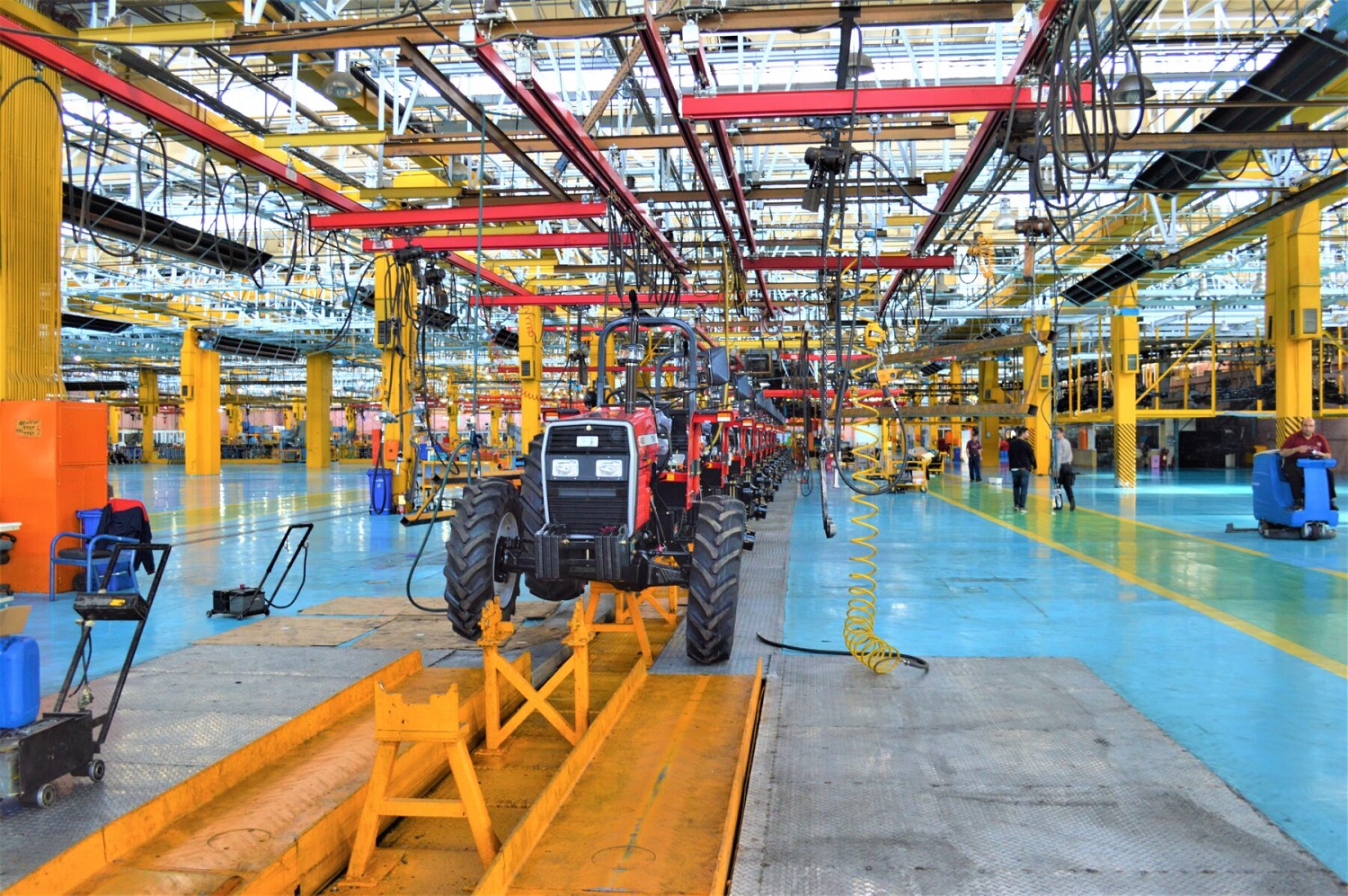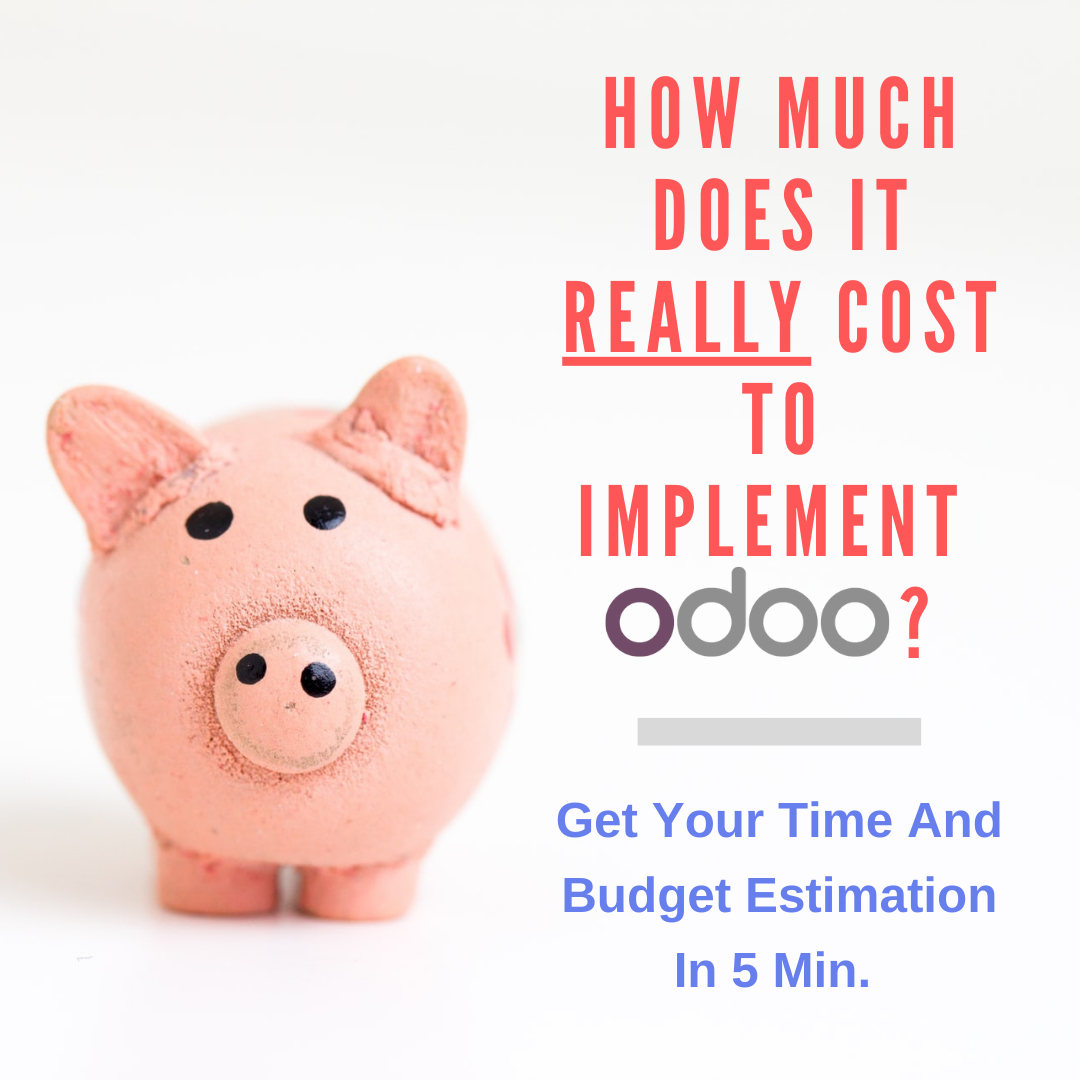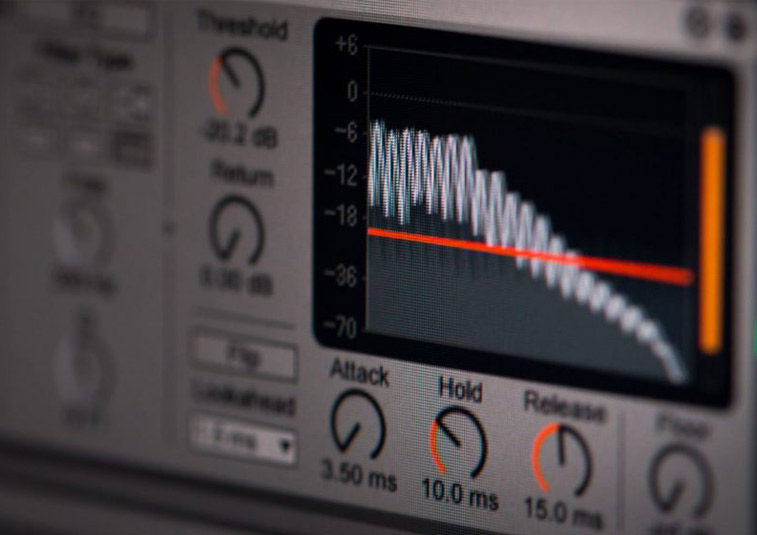Related Articles
Manufacturing ERP modules have become some of the most well-known and vastly used software modules these days. Like most software, those designed and built to implement ERP modules also have a common agenda which is to make things easier for the users.
These modules, for the most part, are used to aid business processes such as marketing, product development and can prove to be immensely helpful in the manufacturing industry as well, with specialized software that contain individual modules, each of which plays a vital role in aiding the manufacturing industry.
Although there are numerous modules made specifically for this industry, here are the most common modules used by companies these days.
10 Most Used Manufacturing ERP Modules
- Admin and masters management
- Sales management
- Purchase management
- Store management
- BOM management
- Planning management
- Production management
- Quality management
- Jobwork management
- Billing and accounts management

Admin and Masters Management Module
This is one of the most important and the first module that a user comes across while using an ERP software. The admin and masters management module allows users to create and carry out all admin related tasks such general details of the company, details about the employees including names, rights relevant to work, working hours and so on. An admin management module would generally contain the following sections:
- Company Creation
This section allows users create the basic company profile. For instance, a user creating a profile for a new company would input details about the company’s name, full address (name of state, name of city, name of area, post box number etc.), PIN code, email ID, phone and fax numbers, and a link to the company’s website. Users can add, edit, search for, as well as entirely export this section to other devices.
- Branch Creation
The branch creation option is useful in case the company has stores/offices located in several places. As the name suggests, this section allows users to input the name, location, address and other relevant details about the one or more branches of the company.
- Employee Creation
This section allows users to create profiles for employees and add details such an employee’s name, address, department, designation, role, mobile number and email address. This section also provides the user with an option to choose whether an employee is active, has retired, and whether or not the employee has permission to use the ERP.
- Employee Hierarchy
This section is perhaps one of the most interesting and useful parts of the admin management module. This feature allows the user to input all employees’ names and designation as well as specify who reports to whom. This can help track employees and their activities more effectively.
- Financial Year
Allows the company/organization to define the starting and end dates of each financial year, sorted by branch names.
- Login Page Configuration
This page allows users to add the company logo, pictures and information that they want featured on the login page.
- Role Access Rights
This section allows users to assign roles and rights to individual employees or relevant personnel. Rights include company wise rights, branch wise rights, module wise rights, and so on. Users can use checkboxes to decide who has access to which rights and this helps the company’s data to be more secured since only authorized personnel can access and control different portions of the company’s profile.
- Role Master
Allows user to set specific codes to the roles assigned to the employees of the company.
- Voucher Number Configuration
Aids in the creation of voucher numbers in accordance to branch name, module number, form number, and so on.
- Voucher Number Setup
Allows user to setup all the information that they want displayed on the voucher.
- Workflow Configuration
This is the section where all transaction settings are done. It also allows users to set automated messages, emails and notifications.
Sales Management
The sales management module is entirely based on helping the user handle customers. This module can help understand customer requirements, improve and retain customers, attain new customers, cost reduction and so on. This module contains the following features:
- Sales Lead
A sales lead is essentially a potential customer, client or sales contact. This section allows the user to input all information about a sales lead and create a profile that can be used for future business gains.
- Sales Enquiry
This section contains about individuals/companies that respond to marketing content and enquire about products. All details of these individuals/companies and stored in this section for future sales purposes.
- Sales Enquiry Quotation
This section allows a user to create quotations against specific enquiries which include transaction type, transaction number, client name, transaction date, and so on.
- Sales Enquiry Cancellation
This section is used in the event of an enquiry cancellation.
- Sales Proforma Invoice
A Proforma invoice is used to request advance payments. These invoices contain information about how much a certain number of goods/services would cost before they are delivered. This section is used to create such invoices.
- Sales Quotation
This section creates a formal statement that includes details about the total cost of goods/services that the client or customer has enquired about. It also includes the terms and conditions of sale.
- Sales Pending Quotation
This section contains information about, and a summary of, all pending quotations.
- Customer Complaint Log
This section stores all customer complaints made against sales of products.
Purchase Management
The purchase section of the manufacturing industry is perhaps one of the most important ones. This section deals with the purchase of materials that are not available in storage and is also in charge of providing all required materials to the correct departments. A purchase management ERP contains the following:
- Purchase Order
Contains a form that allows users to create purchase orders after quotations are approved.
- Purchase Scheduling
Can be used to schedule purchases as per requirements.
- Purchase Invoice
This feature can be used to create an invoice required to purchase goods. This invoice may include general details, billing details, item details and so on.
- Purchase Enquiry
This section contains a form that allows the user to input all details required to make an enquiry with the vendor from whom the purchase is to be made.
- Purchase Quotation
This section contains a form that allows users to create a quotation against purchase enquiry that can include all required details.
- Purchase Enquiry Via Indent
Enquiries received via indent can be sent to multiple suppliers in order to generate quotations.
- Pending Approval
This section contains a list of all pending purchasing enquiries. Users can search and select enquiries by project, if needed.
- Quotaion Via Enquiry
This section contains a list of all quotations obtained from suppliers via enquiries made.
- Quotation Cancel
Contains a form that allows users to cancel quotations or purchase entries.
Store Management
The store management module of ERP software designed to facilitate the manufacturing industry are very straight forward. They contain the following features:
- Checkout Management
Users are allowed to integrate and connect all terminals such as receipt printers, barcode scanners, scales, touchscreens, and so on. Also allows users to select different payment methods such as cards, cash etc.
- Customization of Cash Register Screens and Documents
Images, icons and overall screen layouts can customized.
- Management of Stocks and Suppliers
This section helps keeps track of stocks and suppliers. Also allows users to input which items are purchased from which suppliers. Helps regulate notifications when stock runs low and sends out reminders.
- Management of Items
Items are classified by categories and sub categories. These categories can be extended to batches which include expiration dates, manufacturing dates and so on. This module section can also help to manage warranties and after sales services, as well as help track serial numbers, sizes and colours of products.

BOM Management
BOM, or bill of management, constitutes of a list that includes raw materials, components and other such things required to assemble a good or service. This list is usually constructed in a hierarchy format to determine the order in which each material or component is required. BOM data is one of the most essential parts of the manufacturing industry as all raw materials, components and other materials by parts can be assessed using it. Therefore, the BOM management section of an ERP module contains the following:
- Part Number
Assigns a number to individual parts or materials in order to help with identification, categorization and classification.
- Part Name
Name assigned to parts or raw materials by user.
- Part Description
Description of the part. For instance, this section would contain information about characteristics of the part (wood, steel etc.), size of the part, and so on. This can help users to identify and differentiate similar parts easily.
- Part Type Name
Users can select a category for individual parts such as raw materials, semi-finished materials, assembly, finished goods etc.
Planning Management
The planning management module helps to effectively plan and track the manufacturing process. This section not only sets goals and decides the path to be taken for each action, it also documents and tracks information related to the materials used and the manufacturing process as a whole. In a planning management ERP module, the following can be found:
- Bill of Materials
This portion contains a form that allows users to input information on the exact quantity of items required to manufacture goods, including general details and item details.
- BOM Part Name
Users can create a list containing all important details relevant to BOM such as part name, part number, description and so on.
- Product Relation
This section allows users to connect part names with their respective code numbers. This is especially helpful when a user knows the name of an item, but does not know its code number, and vice versa.
- BOM Print
Allows user to print out Bill of Materials. This page displays all relevant information such as part name, code number, description, and so on.
Production Management
The production management module of an ERP software is used to design and detail the production process that must be followed to convert raw materials into finished goods. This module includes:
- Process Master
Helps create a list of the processes that are to be used to production.
- Process Characteristics
Helps add characteristics to the processes specified.
- Item Machine Relation
This section contains a form that can be used to assigned machines to specific items. Thus, users can easily scan the list created in this section and see which items go into which machines.
- Item Machine Process Relation
Helps define which process is performed on which item by a specific machine.
- Job Card
Helps define how many raw materials are used to produce finished goods, which raw materials are used and the quantity of each material.
- Consumption Details
Similar to the job card section, this section also keeps track of the quantity and names of raw materials used, in addition to defining how many of each material are available in the production department.
- Wastage Details
Keeps track of the scrap and waste materials created during the production process.
- Manpower and Machine Utilization
Contains a form that can help the user to specify production details such as name of the machine, name of the process and name of the operator.
- Production Output
This form helps to track the difference between inputs and outputs in the production process.
- Breakdown Details
This section helps users to define breakdowns in the production process.
Quality Management
This section deals entirely with quality control and assurance of a manufactured product. The quality management ERP module contains:
- QC Characteristics
This section contains a form that allows users to define characteristics of the product that need to be tested. This is not limited to finished goods and applies to all materials including scrap material, raw parts and so on.
- Item Test Parameter Relation – SFG Material
Contains a form that allows users to input expected value, minimum value, maximum value, and so on, which are set as parameters for testing semi-finished goods.
- Item Test Parameter Relation – Capital Material
Contains a form that is used to set Test Parameter Relation for capital materials, raw materials, scrap materials and trading materials. Similar to the Item Test Parameter Relation for SFG Materials, this section also allows users to input expected values, minimum values and maximum values that are to be taken as test parameters.
- Test Parameter Relation Search
Contains a list of all parameter relations that can be searched and looked up.
- Inward QC
Contains a form that allows users to make a list of items that are received, rejected or accepted. Also allows users to add descriptions of the items, QC details, quantity, and so on.
- Item Test Relation
Allows user to input different characteristics of an item simultaneously in order to specify checking quality control.
Jobwork Management
The jobwork management portion of a manufacturing ERP contains the following sections:
- Service Master
Helps create a list of all the services required in the production process.
- Jobwork Order
Contains a form that creates a list by taking all information about a client or customer and details of services requested by him/her. Users can also choose to add relevant items to the list.
- Jobwork Material Requisition
This section contains details of the items required in the production process. It also shows the user a list of semi-finished and finished goods along with consolidated required item details.
- Jobwork Material Issues
Provides a list of items which have been issues as per the requisites specified in the production process.
- Jobwork Challan
Contains a form that helps users to generate a challan against jobwork.
- Jobwork Receipt
Contains a form that helps generate receipts for jobcards. Users can also
- Jobwork Invoice
This section helps users to create all invoices related to jobwork.
Billing and Accounts Management
This section of the ERP deals with one of the most sensitive modules of the manufacturing industry. Proper billing and accounts management are absolutely necessary if one wants to run an organization smoothly and derive profits from it. A billing and accounts management ERP module contains the following sections:
- Chart of Accounts
This section contains a list of all the accounts in the general ledger of an organization. This list displays the groups that specific ledgers are classified under for ease of use.
- Trial Balance Report
Displays the credit, debit, balances and closing summary of a ledger.
- Balance Sheet
Shows statements of assets, liabilities, capital, income and expenditure in the proceeding period.
- Bank Reconciliation
This portion allows users to assign clearing dates to adjust bank transactions.
Benefits of Using the ERP Modules
There are numerous benefits of using these modules in the manufacturing industry. Some of these benefits include:
Other benefits include real time data access, gain of business visibility, minimization of manufacturing cost and help in overcoming business challenges.
Cost Reduction after Implementing These Modules
Implementing ERP modules can help organizations to cut down on costs by a large margin. Since these modules can help reduce the need for manpower and because all data can easily be stored and accessed, the expenditure of a company in these sectors will be reduced monumentally.
Companies would no longer need to hire multiple bookkeepers, stock keepers, store managers and so on. Hiring only a minimum number of workers as well as implementing ERP modules can help reduce costs in terms of salary and other related expenditures.
Moreover, ERP modules help to massively reduce human error and on-site delays. These leads to less waste and higher productivity, which automatically reduces costs.
Conclusion
In a world where applications and software are used to carry out even the most mundane tasks, it is simply impractical for organizations to continue using age old methods in the field of manufacturing.
The manufacturing industry contains one of the most fast paced environments where even seconds can cost one heftily in monetary terms. Under these circumstances, using ERP modules can not only save an organization in terms of money, but can also greatly increase production.




